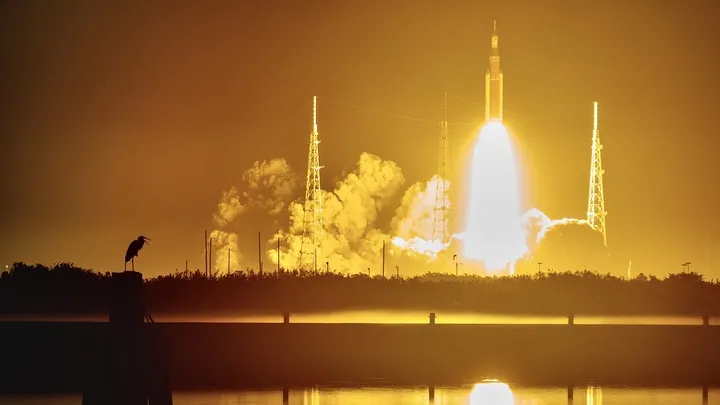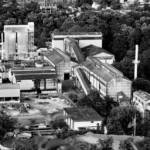NASA’s SLS (Space Launch System) is a super heavy-lift rocket that provides the foundation for human exploration beyond Earth orbit.
In the ever-expanding realm of space exploration, NASA’s Space Launch System (SLS) stands as a towering achievement, quite literally. Designed to be the most powerful rocket ever built, the SLS represents a monumental leap forward in our quest to explore the cosmos. This article delves into the remarkable journey of NASA’s Space Launch System and its pivotal role in shaping the future of space exploration.
The Birth of NASA’S SLS:
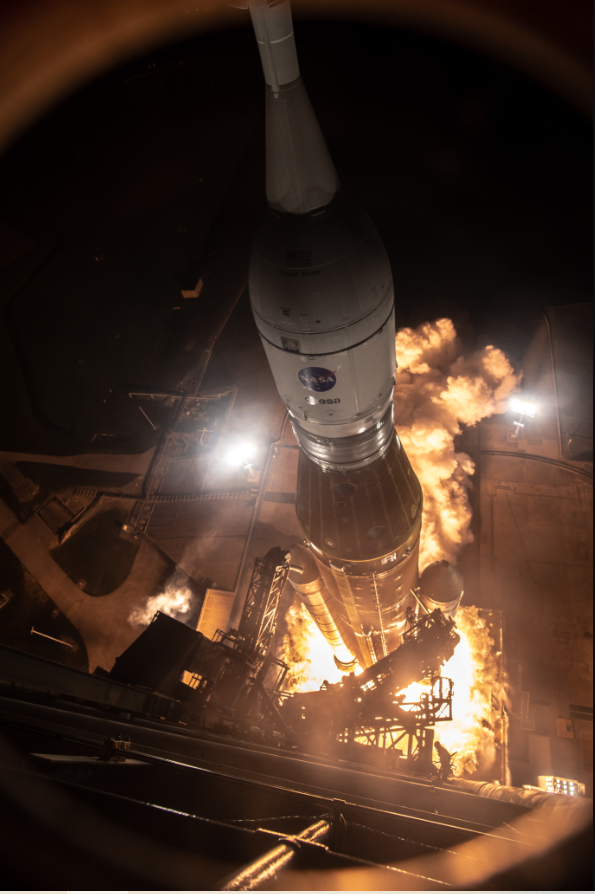
The concept for the Space Launch System traces its roots back to the cancellation of the Constellation program in 2010, which aimed to return humans to the moon. In the wake of Constellation’s demise, NASA embarked on a new vision for space exploration—one that would eventually lead to the development of the SLS.
Designed for Versatility:
The SLS is not just a one-trick pony. It’s designed with versatility in mind, capable of carrying astronauts and payloads beyond low Earth orbit. The rocket’s adaptability allows it to serve multiple roles, from launching crewed missions to the moon and Mars to deploying scientific instruments to explore distant celestial bodies.
Unprecedented Power:
What truly sets the SLS apart is its staggering power. With its twin solid rocket boosters, core stage powered by RS-25 engines (formerly used on the Space Shuttle), and an upper stage optimized for deep space missions, the SLS can generate over 8 million pounds of thrust. To put that into perspective, it’s like harnessing the power of several dozen jumbo jets in a single launch.
A Stepping Stone to the Moon and Beyond:
One of the primary missions for the SLS is to facilitate NASA’s ambitious Artemis program, which aims to return humans to the moon by the mid-2020s. The SLS will play a pivotal role in launching the Orion spacecraft, carrying astronauts to lunar orbit and beyond. It’s the rocket that will bridge the gap between Earth and the moon—a stepping stone for humanity’s celestial journey.
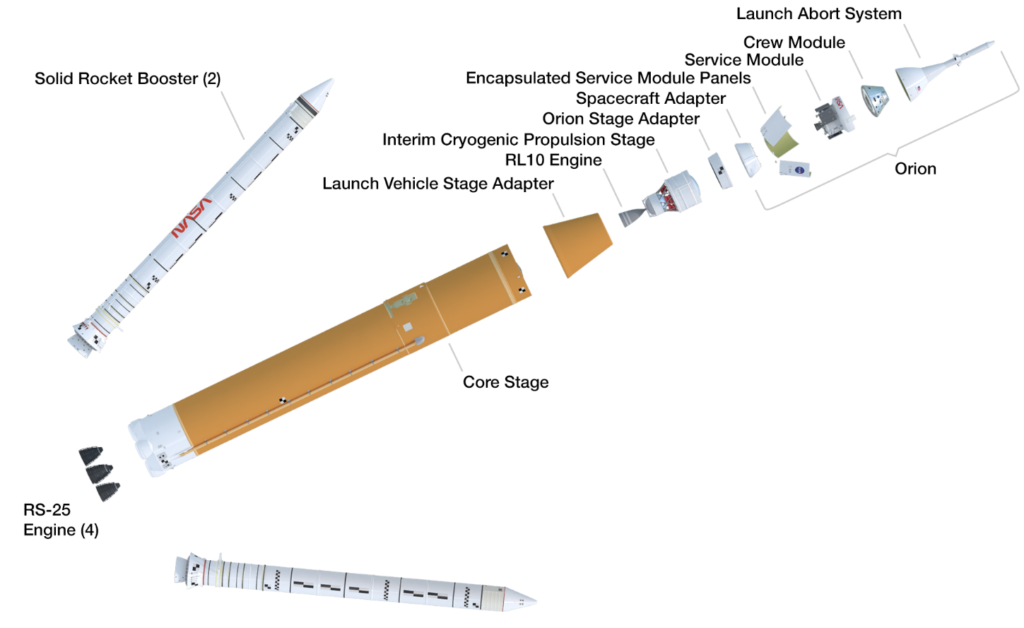
A Launchpad for Scientific Discovery:
Beyond lunar exploration, the SLS is poised to unlock the secrets of the cosmos. It will enable missions to study asteroids, search for signs of extraterrestrial life on icy moons like Europa, and carry out groundbreaking scientific research. With its heavy-lift capacity, the SLS opens doors to missions that were once considered science fiction.
Challenges and Milestones:
The development of the SLS has not been without its challenges. Budget overruns and delays have been recurring issues. However, the successful testing of its core stage and inaugural flights signify significant progress.
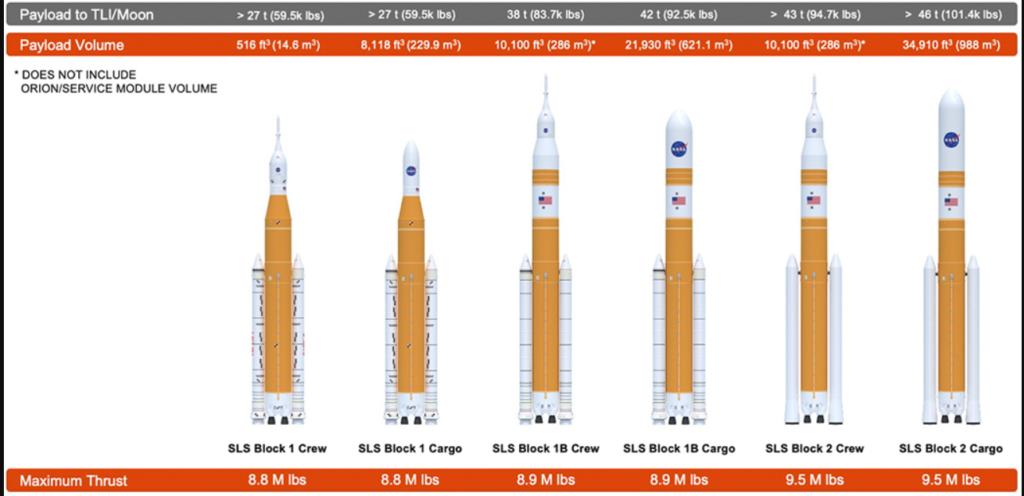
Conclusion:
NASA’s Space Launch System is a testament to human ingenuity and our unquenchable thirst for exploration. It represents a beacon of hope for the future, where humans will once again set foot on the lunar surface and venture beyond into the depths of space. As the SLS continues to evolve and overcome obstacles, it remains a symbol of our collective aspiration to push the boundaries of what is possible and to reach for the stars. In the grand tapestry of space exploration, the SLS is an indispensable thread, weaving together past achievements and future dreams.
ALSO READ: Piedmont Natural Gas: Benefits & More







